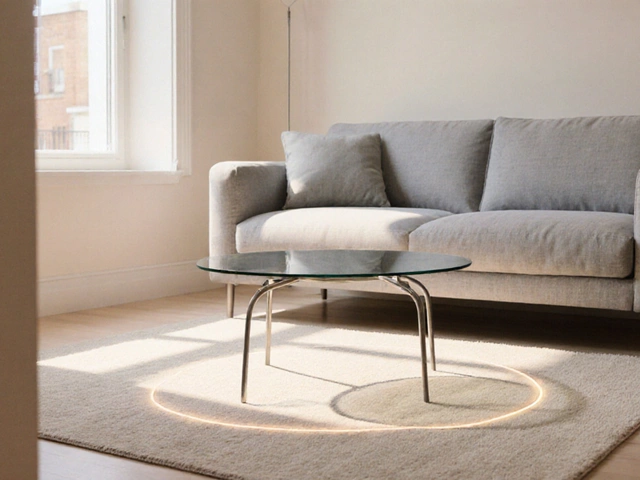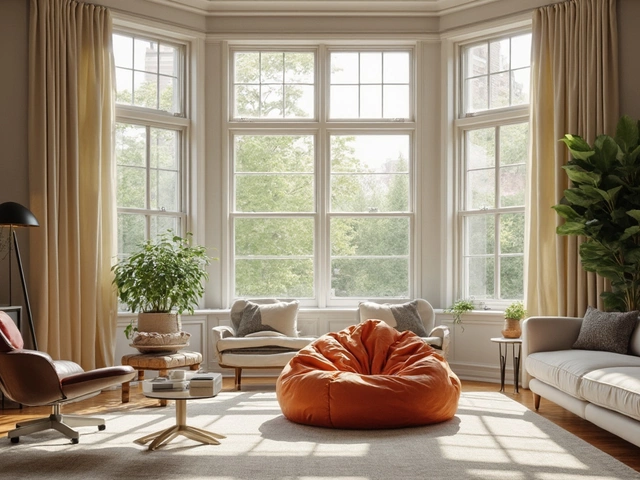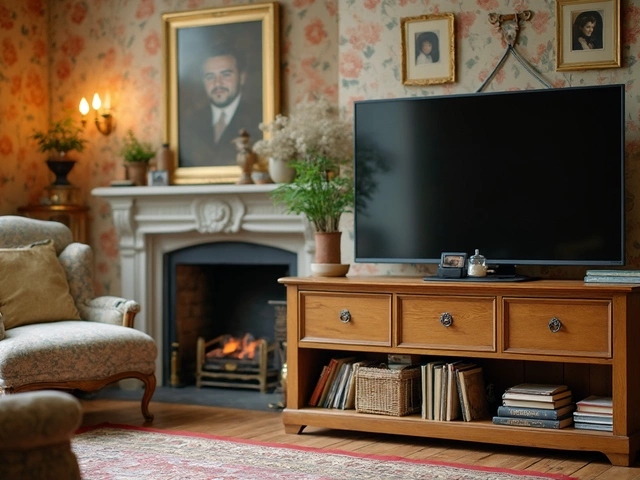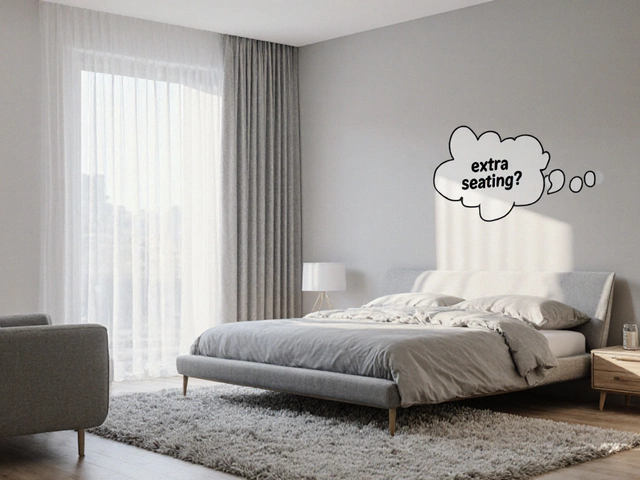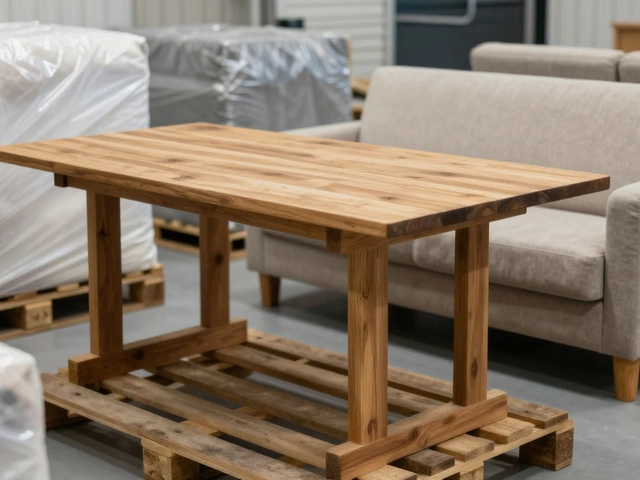Posture Tips for a Healthy Classroom
When kids sit for hours, a bad posture can cause neck pain, tiredness, and even lower grades. The good news? The right desk and chair can fix most of those problems. In this guide we’ll show you simple ways to spot a posture‑friendly setup and how to adjust it for every student.
Choose the right chair
Look for chairs that let the feet rest flat on the floor and the knees sit at a 90‑degree angle. A seat that slides forward helps the back stay straight while the elbows stay close to the desk. If the chair has a breathable mesh back, it will keep the spine cool and supported during long lessons.
Set the desk at the proper height
The desk should be just below the elbows when the student’s arms are relaxed. This keeps shoulders from hunching and reduces wrist strain when writing. Adjustable desks are a win because you can raise or lower them as kids grow throughout the school year.
Don’t forget the monitor or board. If a screen is used, the top of the screen belongs at eye level. A simple stand or tilt can move it up without buying a new monitor. The same rule works for chalkboards—teachers should stand tall, not lean forward.
Breaks are a secret weapon. A two‑minute stretch every 30 minutes lets muscles reset and prevents slouching from becoming a habit. Encourage students to stand, shake out their arms, or do a quick shoulder roll. It only takes a few seconds and makes a big difference.
Training kids to sit tall is easier when you model it. Teachers who sit upright and adjust their chairs send a clear signal. Adding a poster that shows the "happy spine" position can remind everyone without shouting.
For younger children, a footrest can be a game‑changer. It gives them a stable base when the chair is too tall, keeping the hips level and the spine aligned. Look for sturdy, non‑slip designs that stay put during active classroom moments.
Finally, test the setup. Have a student sit, then observe the back from the side. If there’s a noticeable curve, lower the seat or raise the desk a bit. Small tweaks add up to a classroom where posture feels natural, not forced.
Good posture isn’t just about looking straight; it helps kids stay alert, breathe easier, and focus on learning. By picking the right furniture, setting proper heights, and encouraging movement, you create a space where students can thrive without aches or fatigue.

